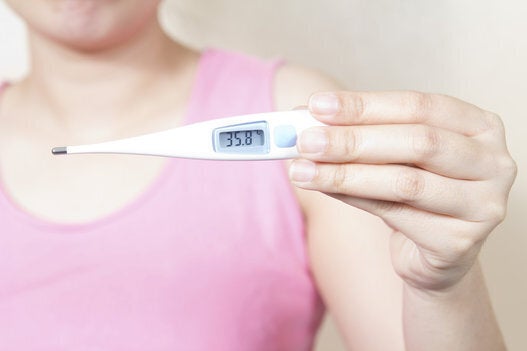
December is now in full swing as are all the activities related to the holiday season. From shopping, to parties, to those getaways to escape the cold, Canadians are moving and mingling. Sadly, this time also marks an upwards shift in the number of respiratory infections.
Canada has already seen a rise in the number of parainfluenza viruses as well as respiratory syncytial viruses. As for flu, although the numbers are just now starting to ramp up, the season should get into full swing by the 25th. What makes this year more troublesome is the recent news the vaccine may have slightly missed the mark. Although still effective at fighting off the majority of flu strains, some may still end up with mild to normal symptoms.
We all know one of the keys to staying healthy is social distancing. By keeping at least six feet away from anyone who might be coughing, sneezing or sputtering, one can be sure they are safe. But as the holidays are all about getting closer to the ones with whom we live, work and play, keeping a safe distance might not be easy lest someone be considered antisocial. Besides, it may not be as effective as you think.
Research has revealed even if someone chose the wallflower route, the odds for infection are still high. The reason comes from the realization some 80 per cent of infections are spread through hands. The statistic may seem rather high considering the potential of a sneeze or cough to cause infection but the mechanics reveal otherwise.
To initiate infection, a virus needs to find the right human cell types to attack and cause illness. For respiratory pathogens, these patches are readily found in back of the nose, the sinuses, and the throat. As viruses don't have legs or other microscopic appendages to move, they have to settle there in order to cause infection. The only way this can happen is through a combination of manual introduction through a combination of exposure and inhalation.
Inhaling particles in the air is indeed a possible route; it's been known since the early part of the 20th Century. But the risk decreases with distance such that a person quite literally needs to coughs or sneeze in your face to ensure infection. Then there is the realization the actual size of the particle -- known as a droplet -- has to be large and wet enough to carry the viruses from the infected person to an unsuspecting victim. Studies on the size of droplets expelled when healthy or sick suggest the chances of infection through this route are much lower than one might believe.
When it comes to the hands, the path to pathogenesis is much simpler. All that's needed is a three step process. First, one has to pick up a virus on the fingers through a handshake or contact with an infected person, or a contaminated surface. Then, the unsuspecting soul must bring those fingers near the mouth or nose, a practice most of us do over a dozen times in an hour. The final step: inhale. Within moments, the virus has a new temporary home leading to a rather unhappy individual for a few days to weeks.
Despite the rather gloomy outlook for anyone having to be merry over the coming weeks, there is hope. The best way to prevent infection when you are out and about is fairly simple and easy to perform. All you need is a little alcohol; not to drink mind you, but to clean your hands.
Alcohol hand sanitizers have been around for decades although only in the last few years have they really seen a rise in use. The first versions were rather simple combining alcohol and another chemical disinfectant. They were effective but hard on the skin. Today the list of choices is boundless and all options are safe for continued use.
Take a look for yourself. You can find gels, foams, and lotions in a variety of sizes, shapes and aromas. Most focus on the hands but some are even more specialized; designed for certain regions of the hands such as the fingernails. For those who regularly perform onychophagia (that's biting the nails), this may offer some hygienic solace from the risk of infection.
As for which one to choose, there really is only two requirements. The first is the need for 62-70 per cent alcohol and the second is enough volume to last for 15 seconds on the hands. In studies on one of the hardest viruses to kill, norovirus, these two criteria led to the most effective hand hygiene. As the most common respiratory viruses are far less hardy in the environment, the results of this experimentation reveal just how effective these products can be.
Hand hygiene may not compare to the preoccupation of the holiday season but we should all take a moment to think about our hands and their role in spreading infections. After all, no one wants to get sick during this time. With alcohol sanitizers, we have a means to quickly keep our hands clean. Thanks to research, we can also have the confidence of knowing the most common route for infection spread can be halted.
ALSO ON HUFFPOST:
